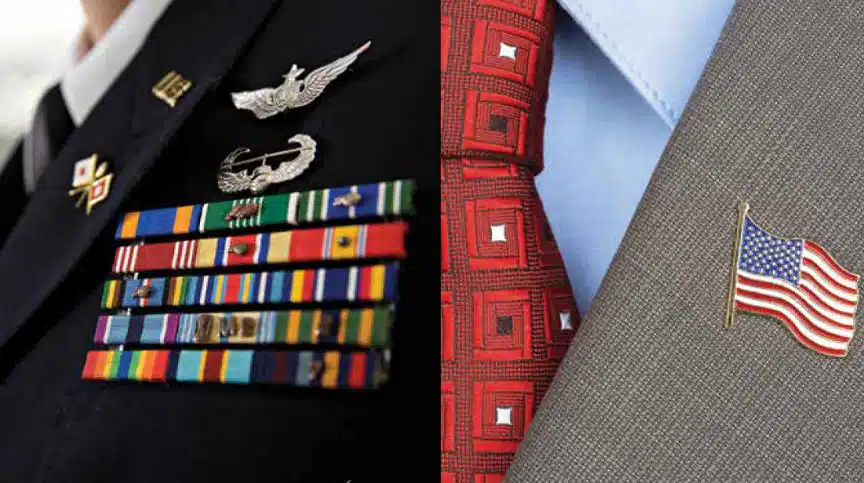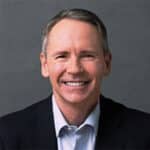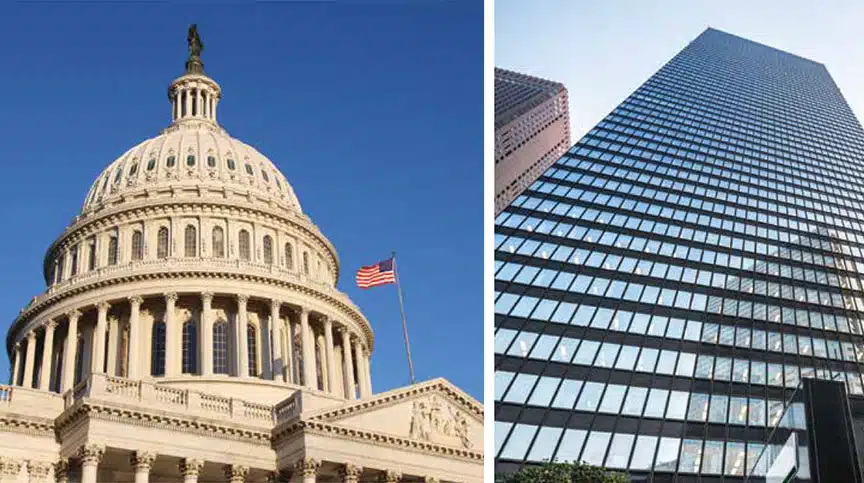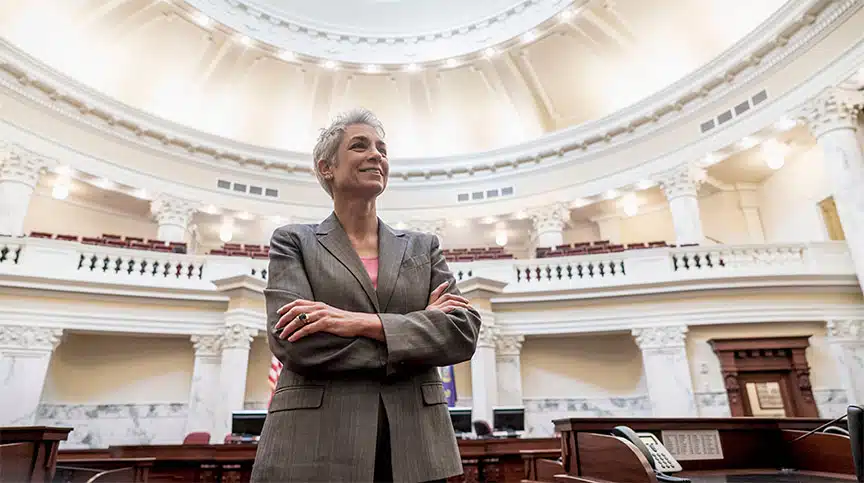Introduction
On May 30, 2014, Eric Shinseki, US Secretary of Veterans Affairs (VA), resigned amidst a veteran healthcare crisis and scandal. With more than 2 million additional service members seeking care during the nation’s longest sustained military operations in Iraq, Afghanistan, and elsewhere, the VA faced numerous challenges keeping up with the rapid growth of its patient population. VA employees cited lack of doctors and adequate clerical support as major care obstacles. Physicians, as a group, viewed government and military work as their last choice of employment, which led to critical staffing shortfalls.
Many VA facilities had to rely upon temporary staff, which degraded communication, created continuity gaps, and resulted in a lack of personal and institutional accountability. Bureaucratic red tape presented obstacles to performance correction or dismissal of underperformers. These and other issues produced the following dismal outcomes: More than 100,000 vets waited longer than 90 days for medical care; 57,000 waited for their initial appointment; 64,000 who requested appointments never received them; 40 veteran deaths were linked to delayed care at just one facility; and 76% of VA facilities falsified records to improve performance metrics.
Prior to his role with the VA, Secretary Shinseki rose through the ranks of the military culminating in his appointment as the 34th Chief of Staff of the US Army. He was a renowned leader of impeccable character, commitment, and competence who had a stellar and honorable military career. By all accounts, he brought the qualities that made him a successful General — integrity, passion, caring for people, organizational skills, and results orientation — to his leadership at the VA. So why did such a capable leader succeed in one demanding government role and not the other? The answer undoubtedly depends upon many complex factors. This paper explores one aspect: Do military and civil service leaders face different leadership challenges, and if so, why?
This is the first in a series of 3 white papers that compare leadership challenges among military, civil service, and private sector leaders. The first paper compares military vs. civil service, the second examines civil service vs. private sector, and the third looks at military vs. private sector.
The Center for Creative Leadership (CCL®) routinely asks participants in its Leadership Development Program (LDP)®, targeted to leaders of managers, and Leadership at the Peak program, targeted at enterprise leaders, to name their 3 most important leadership challenges. For this paper we analyzed written responses from 1,446 US government civilian leaders and 291 US uniformed military leaders who attended these programs over 5 years. Those responses (in quotation marks throughout the paper) were grouped into various categories using NVivo Qualitative Research software, which assisted in sorting information into structured data. This data provided insights into the similarities and differences between uniformed military and civil service leadership challenges.
Additional Contributing Authors:
Mike Rybacki is a US Army Infantry Major serving as a leadership and management instructor in the Department of Behavioral Science and Leadership, US Military Academy at West Point. Mike served as an infantry platoon leader in the 82nd Airborne Division and an infantry company commander in the 3rd Infantry Division, leading both a platoon in Afghanistan and a company in Iraq. He earned an MBA from Duke University and a BS in systems engineering from the US Military Academy.
Dominique Butts is a cadet in the class of 2017 at the US Military Academy. She studies sociology and Arabic and will serve as a Second Lieutenant in the US Army following graduation.
Kristi Carrigan is a cadet in the class of 2017 at the US Military Academy. She is the president of her class, studies environmental engineering, and will serve as a Second Lieutenant in the US Army following graduation.
Download White Paper
Do military and civil service leaders face different leadership challenges, and if so, why? Download this white paper to learn more.








